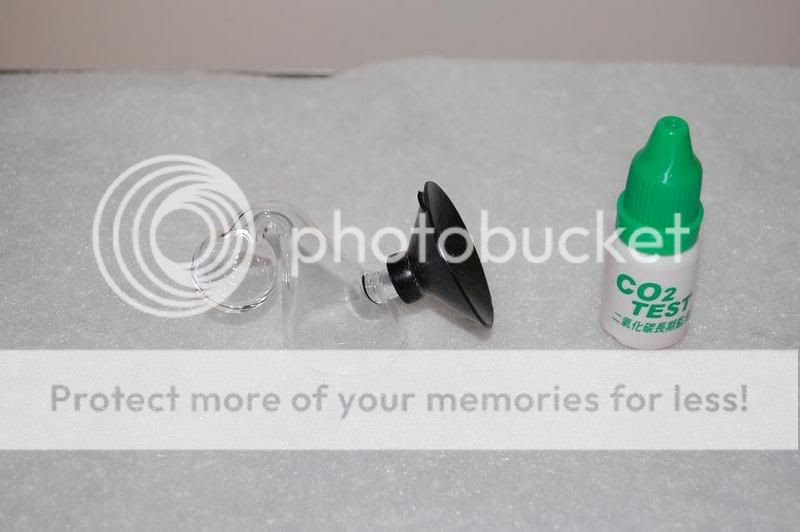sid_zie
Fish Fanatic
Hi all
I wasn’t sure whether to post this in the science section, but I decided you were all smart here so should be able to help.
I started my first planted tank a little while back, I’ve got a DIY CO2 kit going. When I started it I made sure the mix was not producing too much CO2 and I’ve gradually been increasing it (as I have been having a little algae trouble). Now I was thinking about getting a drop checker (or some other CO2 indicator) so that I don’t start putting too much CO2 in.
I’ve seen the drop checkers and just wondered how they work. Does the indicator solution read the pH of the water? (more CO2 would make the water more acidic? is that right?)
Thanks in advance
I wasn’t sure whether to post this in the science section, but I decided you were all smart here so should be able to help.
I started my first planted tank a little while back, I’ve got a DIY CO2 kit going. When I started it I made sure the mix was not producing too much CO2 and I’ve gradually been increasing it (as I have been having a little algae trouble). Now I was thinking about getting a drop checker (or some other CO2 indicator) so that I don’t start putting too much CO2 in.
I’ve seen the drop checkers and just wondered how they work. Does the indicator solution read the pH of the water? (more CO2 would make the water more acidic? is that right?)
Thanks in advance



 /stores.ebay.co.uk/AquaticMagic_CO2-...4QQftidZ2QQtZkm
/stores.ebay.co.uk/AquaticMagic_CO2-...4QQftidZ2QQtZkm I have never changed mine and thats 3 months! Doesnt make the slightest difference. At the end of the day, it is a liquid at room temp and as it is in the water, it is a constant 25-27, and with my A level C at chemistry, i see no problem having it for long periods of time.
I have never changed mine and thats 3 months! Doesnt make the slightest difference. At the end of the day, it is a liquid at room temp and as it is in the water, it is a constant 25-27, and with my A level C at chemistry, i see no problem having it for long periods of time. 